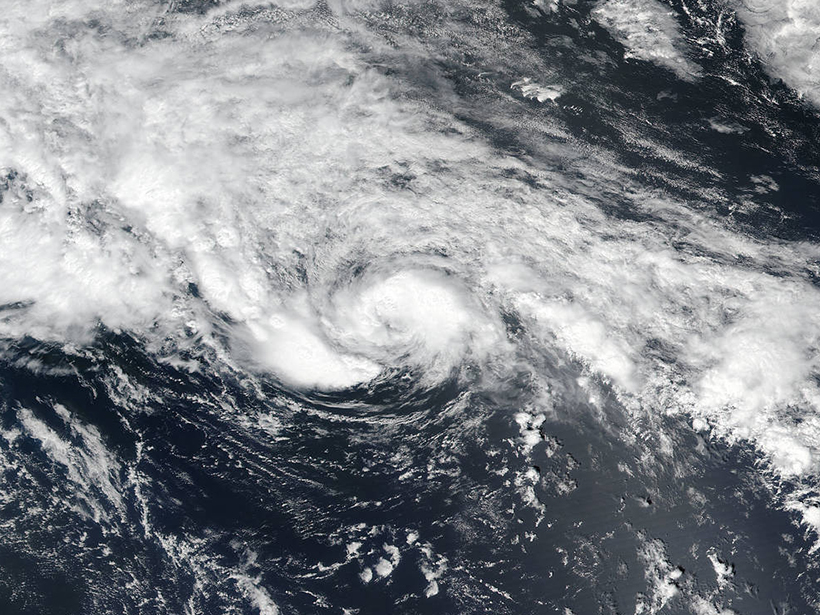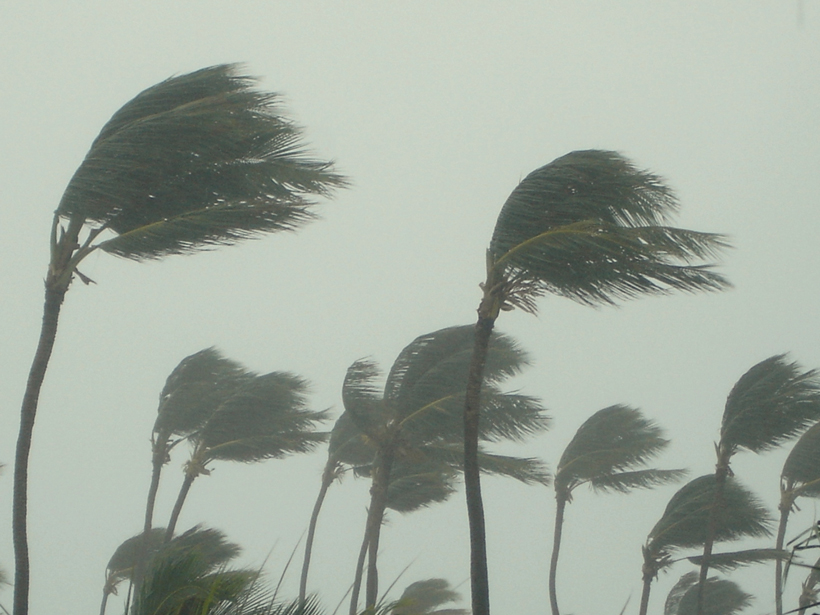Florida residents prepare for potentially catastrophic winds and flooding.
hurricanes, typhoons, & cyclones
Offshore Wind Turbines Can’t Yet Withstand Category 5 Hurricanes
A new study suggests that more robust turbine design is needed to weather high winds.
Probing the Power of Pacific Supertyphoons
Despite higher than normal surface temperatures and heat contents of ocean waters where the storms developed, evidence is lacking that global warming is revving them up.
How Shifting Winds Turn Tropical Storms into Hurricanes
Researchers present a novel method for analyzing how wind shear affects tropical cyclone strength and structure.
Impacts of “Bomb” Cyclones Reach the Ocean Floor
Japanese researchers study explosive cyclones with models to simulate decades of ocean circulation data.
Proposed Federal Budget Heightens Hurricane Risk
The health, welfare, and livelihood of millions depend upon our elected officials’ continued and robust support for hurricane research.
Scientists Predict Active Hurricane Season
A combination of warm sea surface temperatures and a weak or absent El Niño may create conditions conducive to tropical storm formation.
NOAA Officials Stress Hurricane Danger and Storm Safety
Agency scientists on a Hurricane Awareness Tour showcase NOAA research capabilities and warn that although winds can cause severe damage, the biggest killers are storm surges and inland flooding.
New Data Buoys Watch Typhoons from Within the Storm
Advanced real-time data buoys have observed nine strong typhoons in the northwestern Pacific Ocean since 2015, providing high-resolution data and reducing the uncertainty of numerical model forecasts.
A Two-Way Relationship Between the Atlantic and Pacific Oceans
Researchers have uncovered a new connection between sea surface temperatures in the Atlantic and tropical cyclones in the eastern Pacific that could improve accuracies of future cyclone forecasts.










